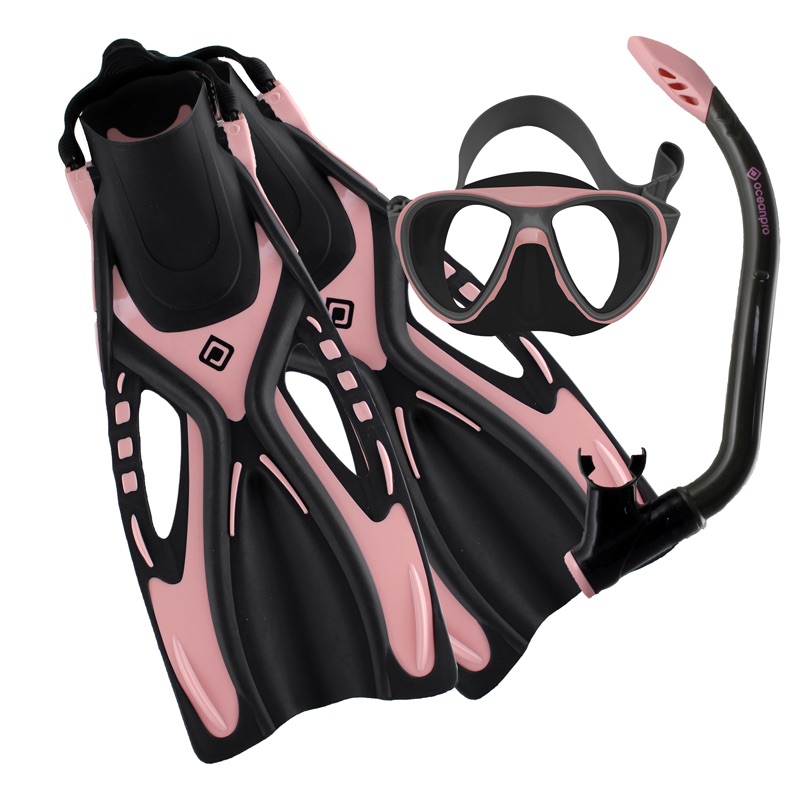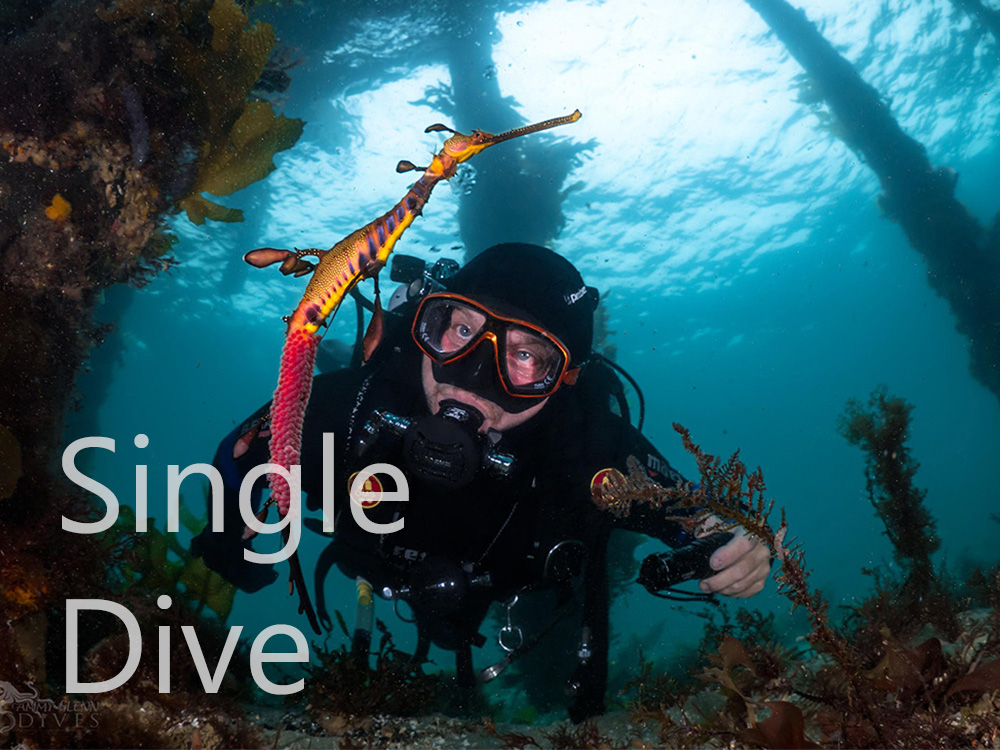Navigation
Absolute bargains here....!
All clearence items must be purchased online paid by PayPal or EFT and delivered to you. Pick wisely as the are NO RETURNS or CREDITS on these items, just a pure bargain. Some items could have minor shop soiling but are typically end of line products.
Diana, Port Fairy
![]() Wreck Dive |
Wreck Dive | ![]() Shore access
Shore access
![]()
![]()
![]()
Two-Masted Wooden Sailing Brig | Max Depth: 2 m (6.56 ft)
Level: Open Water and beyond.
The Diana shipwreck lies about 100 metres from the shore in Port Fairy Bay on Victoria's Shipwreck Coast. Port Fairy Bay is notorious for vessels dragging and parting with their anchors when southerly and south-easterly gales prevailed. A total of 30 vessels were wrecked in and around the waters of Port Fairy between 1836 until 1876.
Diving the Diana shipwreck requires calm conditions and a very low swell. See WillyWeather (Port Fairy Bay) as a guide for the tide times and the height of the tide.
{{southern-ocean-warning}}Diana Shipwreck History — Built in 1840
The Diana was a two-masted wooden brig of 162 tons built in 1840 by Andrew Haig and William Williamson of Hobart Town, Tasmania. The vessel was 75 ft (23 m) in length with a beam of 20 ft (6.1 m) and a depth of 14.6 ft (4.45 m).
The Diana was driven ashore in a gale opposite Gawler Street, Portland in 1843 and subsequently refloated in four days and repaired.
Diana Sinking — Wrecked 1 October 1844
The Diana was wrecked on 1 October 1844 at Port Fairy when driven ashore in Port Fairy Bay by a gale. The Diana had arrived in Port Fairy from Sydney with a general cargo. The cargo was nearly all landed, and twenty casks of butter, some salt, and tallow, put on board for Sydney. The gale came on the previous day, and continued blowing hard all night. At about 8 am the Diana began to drift, and about 10 am she parted from her anchors, and went on shore about one and a half miles east from the town.
For a time fears were entertained that she would break up. She soon began to fill with water, and became more steady as she got down in the sand. Some time elapsed before a communication was got between her and the land. They lowered the longboat which almost instantly swamped, but came ashore a short time after bottom upwards. She was soon righted, and manned by Captain Mills, late of the Essington, who, after a hard struggle among the breakers, got alongside the Diana, and brought a rope ashore. The boat then passed between the wreck and the shore, until all hands, with their effects, were safely landed.
See also, west-coast-shipwreck-trail,
Heritage Council Victoria: Diana, and
Australian National Shipwreck Database: Diana.
Heritage Warning: Any shipwreck or shipwreck relic that is 75 years or older is protected by legislation. Other items of maritime heritage 75 years or older are also protected by legislation. Activities such as digging for bottles, coins or other artefacts that involve the disturbance of archaeological sites may be in breach of the legislation, and penalties may apply. The legislation requires the mandatory reporting to Heritage Victoria as soon as practicable of any archaeological site that is identified. See Maritime heritage. Anyone with information about looting or stolen artefacts should call Heritage Victoria on (03) 7022 6390, or send an email to heritage.victoria@delwp.vic.gov.au.
Traditional Owners — This dive site is in the traditional Country of the Eastern Maar people of south-western Victoria between the Shaw and Eumerella Rivers and from Yambuk in the south to beyond Lake Linlithgow in the north. This truly ancient Country extends as far north as Ararat and encompasses the coastal townships of Port Fairy in the west, Warrnambool, Peterborough, Port Campbell, Apollo Bay, Lorne, and Airies Inlet in the east, including the Great Ocean Road area. It also stretches 100 metres out to sea from low tide and therefore includes the iconic Twelve Apostles. "Eastern Maar" is a name adopted by the people who identify as Maar, Eastern Gunditjmara, Tjap Wurrung, Peek Whurrong, Kirrae Whurrung, Kuurn Kopan Noot and/or Yarro waetch (Tooram Tribe) amongst others. We wish to acknowledge the Eastern Maar as Traditional Owners. We pay respect to their Ancestors and their Elders, past, present and emerging.
Diana, Port Fairy Location Map
Latitude: 38° 21.967′ S (38.366112° S / 38° 21′ 58″ S)
Longitude: 142° 15.733′ E (142.262222° E / 142° 15′ 44″ E)
Datum: WGS84 |
Google Map
| Get directions
Added: 2012-07-22 09:00:00 GMT, Last updated: 2022-05-23 19:05:34 GMT
Source: GPS
Nearest Neighbour: Golfies, 856 m, bearing 64°, ENE
Two-Masted Wooden Brig.
Built: Hobart, Tasmania, 1840.
Sunk: 1 October 1844.
Port Fairy, Shipwreck Coast.
Depth: 2 m.
[ Top ]
DISCLAIMER: No claim is made by The Scuba Doctor as to the accuracy of the dive site coordinates listed here. Should anyone decide to use these GPS marks to locate and dive on a site, they do so entirely at their own risk. Always verify against other sources.
The marks come from numerous sources including commercial operators, independent dive clubs, reference works, and active divers. Some are known to be accurate, while others may not be. Some GPS marks may even have come from maps using the AGD66 datum, and thus may need be converted to the WGS84 datum. To distinguish between the possible accuracy of the dive site marks, we've tried to give each mark a source of GPS, Google Earth, or unknown.
Copyright © 2005-2022 by The Scuba Doctor Australia, ABN 88 116 755 170. All rights reserved.
tel. +61 3 5985 1700 :: email. diveshop@scubadoctor.com.au :: Web site by it'sTechnical 2022

















![Halcyon Infinity 30lb System [SS Small Backplate] Halcyon Infinity 30lb System [SS Small Backplate]](/diveshop/images/halcyon/Halcyon-Evolve-Wing.jpg)






















































































































